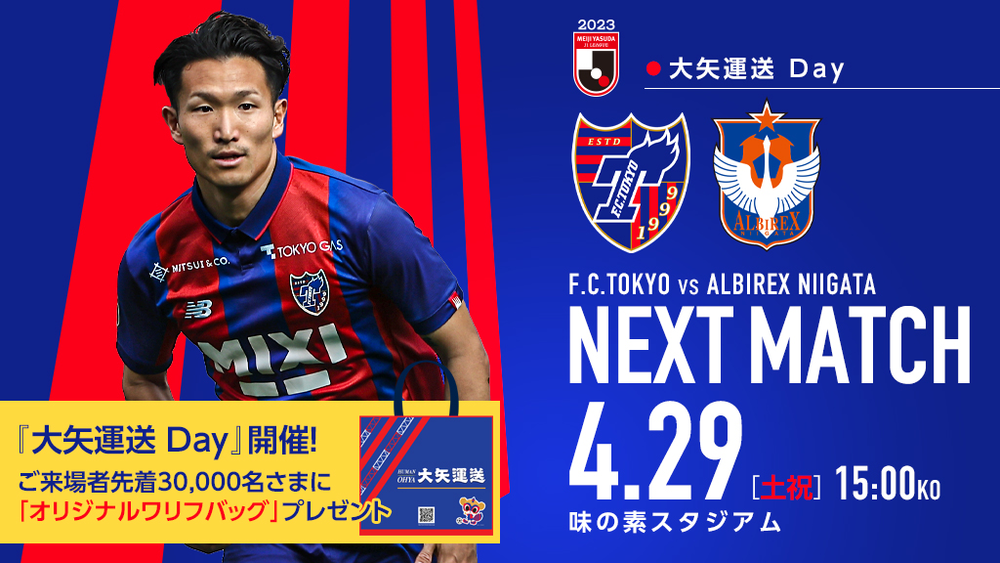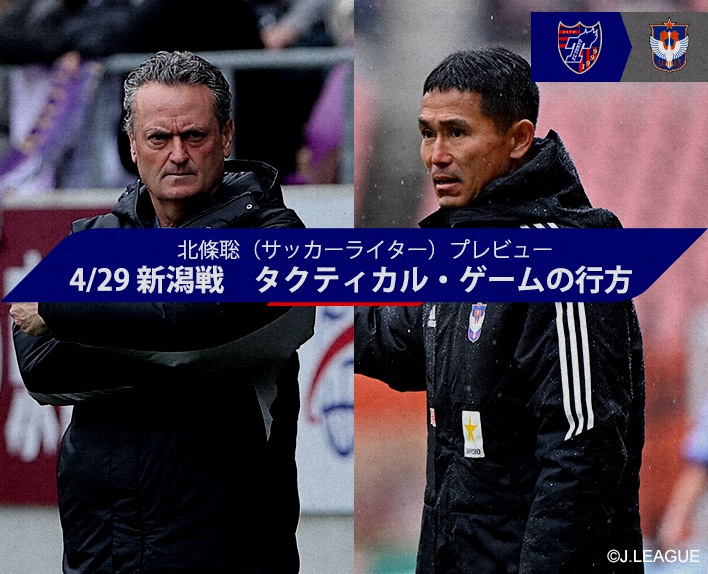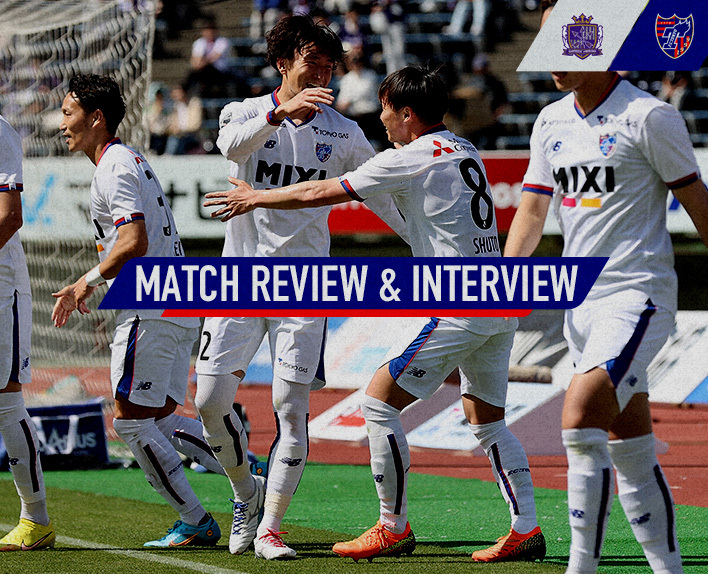The first match of the long holiday series will be a fierce battle against a team with the same philosophy. After all, the opponent is Albirex Niigata, which was once managed by Albert PUIG ORTONEDA. It is, so to speak, a "brotherly showdown."
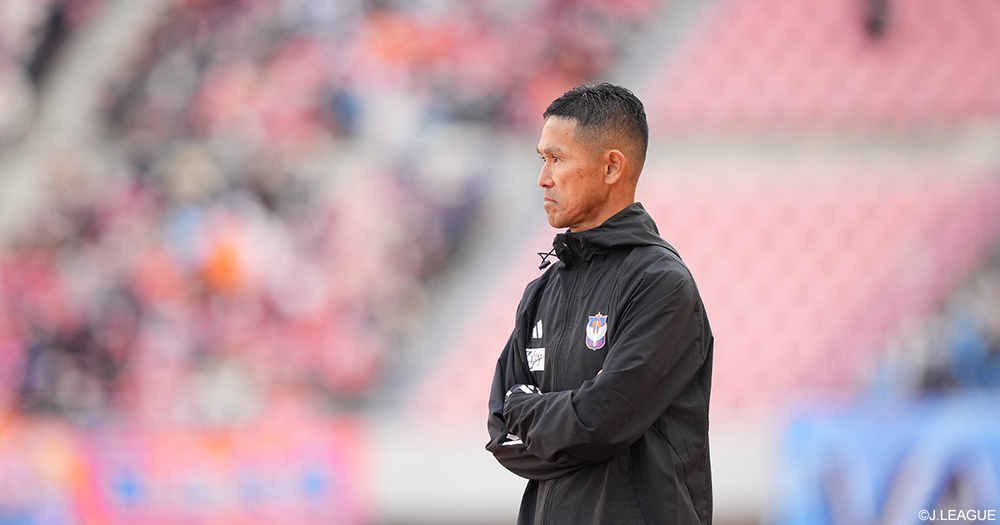
Of course, my brother is from Niigata. The tactical philosophy of Albert PUIG ORTONEDA, who managed the team for two seasons starting from the 2020 season, has firmly taken root in the team, and the successor, Rikizo MATSUHASHI, has further promoted development, leading to a remarkable return to the J1 stage.
Their strength is not to be underestimated. As of the end of Round 8, their record stands at 3 wins, 3 draws, and 2 losses, placing them in 8th position. Moreover, they have earned points against tough opponents. They have defeated last season's 2nd place Kawasaki Frontale and 3rd place Sanfrecce Hiroshima, and drawn with 4th place Cerezo Osaka. Additionally, they drew with the currently strong Vissel Kobe and achieved a dramatic comeback victory against Avispa Fukuoka. In contrast, fellow promoted team Yokohama FC is struggling at the bottom, blocked by the thick wall of J1.

In this season's J1, teams that employ a high-intensity press to win the ball from the opponent's territory and then quickly advance towards the goal, known as the "steal and counterattack" type, as well as teams based on a solid defense, referred to as the "solid defense and counterattack" type, are ranked at the top. The former includes Hiroshima, Kobe, and SANGA S, while the latter includes Nagoya Grampus and Fukuoka.
On the other hand, the team that meticulously connects passes from the back is struggling. While Yokohama F.Marinos, aiming for consecutive championships, is positioned at the top, Kawasaki is languishing at the bottom. There are many teams facing issues in both avoiding pressure in their own half and breaking down blocks in the opponent's half. Albert PUIG ORTONEDA's team is likely no exception.
Niigata is the same. However, compared to other possession-based teams, their concerns should be much smaller. In that regard, the accumulation since 'after Albert' is significant. Their current position is beyond the positional play that Albert has instilled.
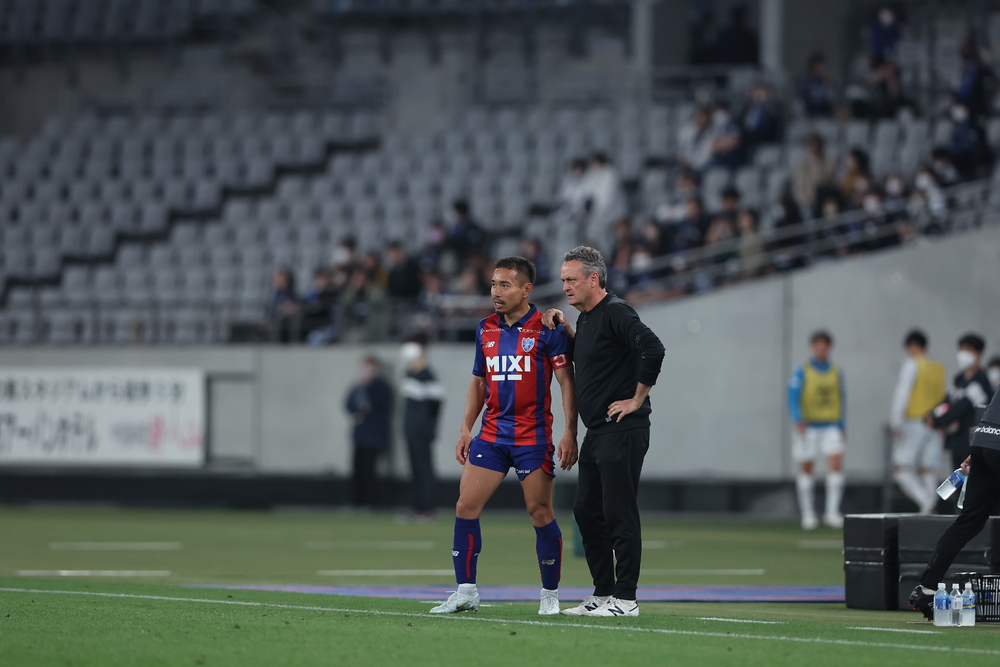
While observing the opponent's movements, each player skillfully changes their position to advance the ball, enhancing their build-up play. This is evidenced by the frequent use of one-touch passes. This allows them to release the ball before getting caught by the opponent's press. To increase the success rate, fine-tuning of the players' "distance and angles" is essential, but Niigata's strength is not just in their positioning.
First and foremost, it's about individual skills. No matter how excellent the positioning is, without the right judgment and accompanying technique, the ball won't move. In particular, the "speed and accuracy" of passes are essential. Especially when it comes to skillfully executing difficult one-touch passes, this becomes even more critical.
Positioning is important, but the team with the so-called “quick counter-attack” style generally tries to mark closely in a man-to-man manner when attempting high pressing. In that case, the attacking side has little positional advantage. So what can be done? Compared to other teams, Niigata's fewer instances of stumbling in build-up play is likely a result of thoroughly honing the skills essential for avoiding pressure under Coach Matsuhashi. Even when pushed back into their own half, they skillfully evade the opponent's counter-press and manage to carry the play to the finish. That is the kind of opponent that comes to Ajinomoto.
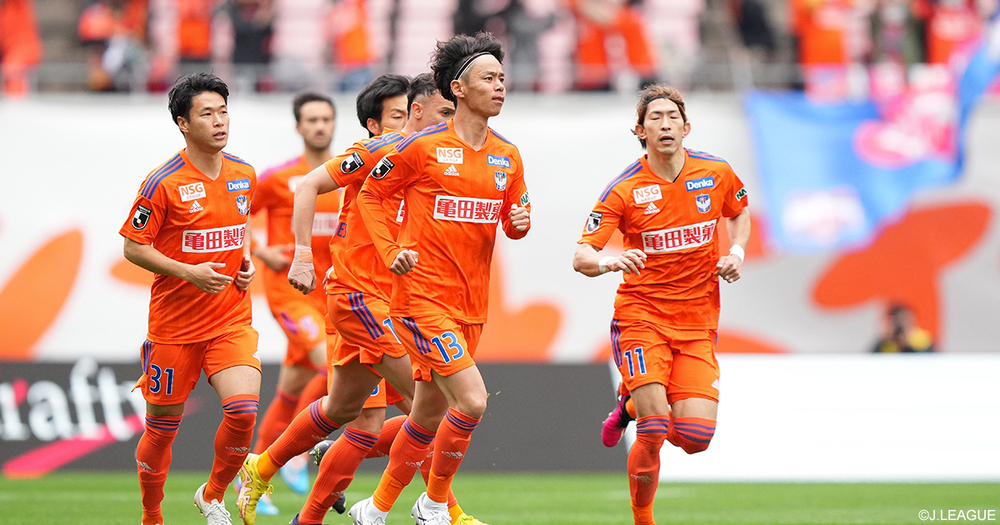
Moreover, a player who did not exist during the Albert PUIG ORTONEDA era in Niigata is now radiating an overwhelming presence as a key figure in the attack. It is Ryotaro ITO who reigns in the attacking midfield. Not to mention the match against Fukuoka in Round 8 where he scored a hat-trick, he has been involved in almost all of Niigata's goals with his brilliant play, and if his name is on the starting list, he becomes the opponent to be most wary of.
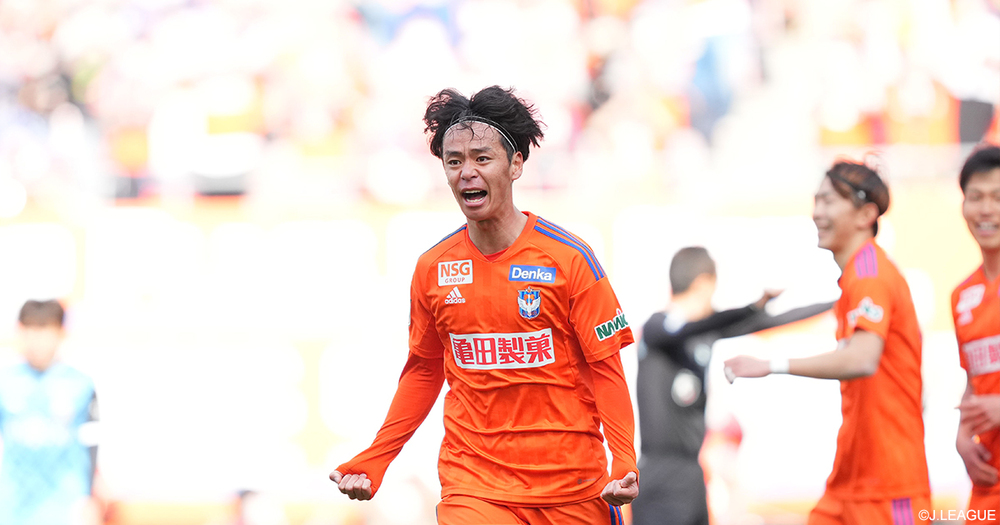
Who to send as an assassin? The suitable candidate is probably Kei KOIZUMI... In any case, if Ito is allowed to work freely between the lines, victory will be uncertain. Not only the selection of personnel but also the tactical plan during defense seems to be key in Albert PUIG ORTONEDA's strategy. If the focus is entirely on winning, it may be necessary to bring the game to what the commander calls a 'Tactical Game'.
Because it is a battle of similar types, it is easy to conclude that it is advantageous to fight more faithfully to tactical ideas. However, whether that actually happens is another question. Looking back at the performance against Albert Tokyo, the match against Shonan Bellmare, where they were pushed back into their own half for a long time, ended in a draw, while they lost a close match against Cerezo Osaka, where their performance clearly improved. It seems necessary to coldly determine the points where they should focus their efforts while weighing what they want to do against what the opponent dislikes.
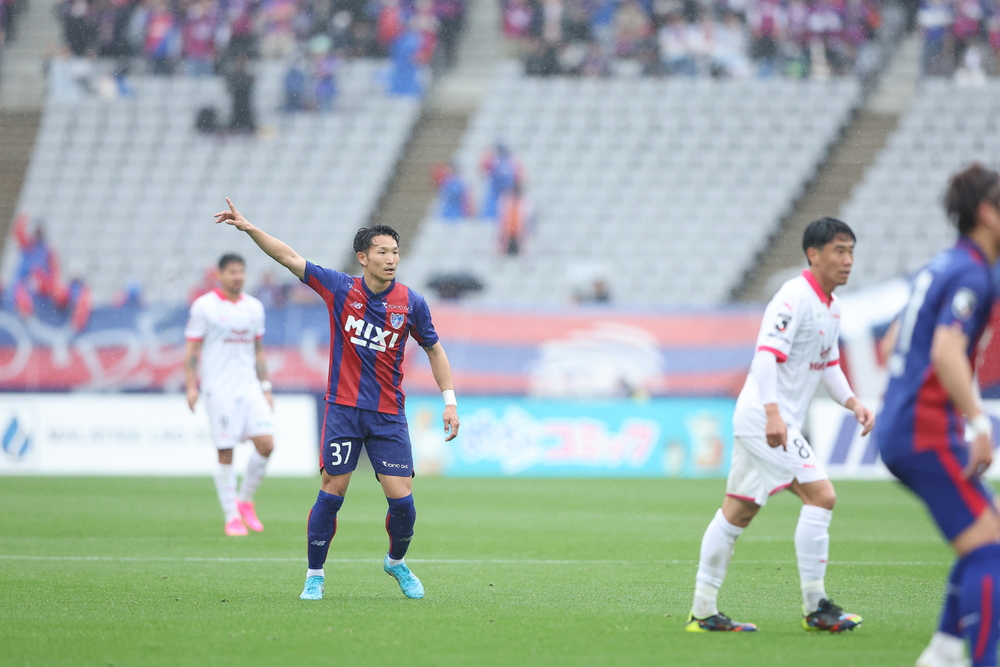
Where are Niigata's blind spots? Currently, they are struggling to break through blocks. In the match against Kobe, they couldn't break through the solid defense and ended with no goals. Even in the comeback victory against Fukuoka, they struggled to attack until the 70th minute. They are improving towards J1 standards with each match, but it cannot yet be said that they are fully prepared.
Even if the game develops into a situation where we are pushed back, we should maintain a high-density and high-intensity block without panicking, and we can withstand Niigata's attacks. In particular, cutting off the passing lanes to Ito will be effective. Players like Shunsuke MITO and Eitaro MATSUDA, who make sharp vertical runs from the wide areas, are ones to watch out for, but the team itself has a low number of crosses.
If they can take advantage of the situation and launch sharp counters, they will have a good chance of winning. The middle counter after winning the ball in midfield, as well as the long counter starting from both center backs Masato MORISHIGE and Yasuki KIMOTO, should pose a threat to Niigata. I see the key point as utilizing depth more than width in their attack.
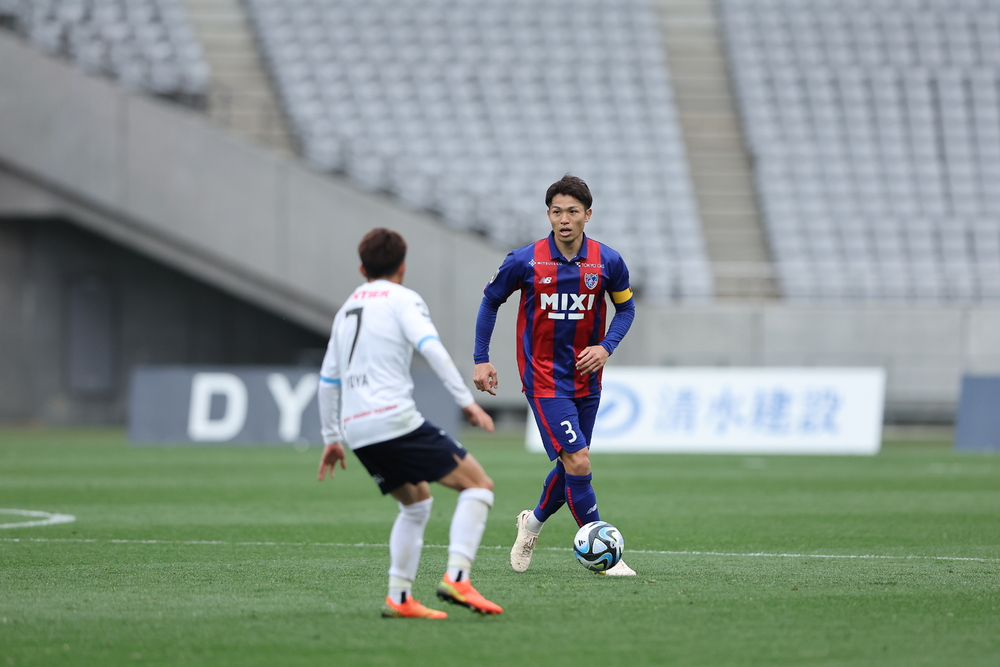
In fact, Niigata has had few matches that led to a block-breaking development, and their ability to respond to counterattacks is unknown. While they excel in build-up play to avoid pressing, their average ball possession rate per match remains at 51.4%. It cannot be said that their pressing intensity when forming a block is high, and once they go on the defensive, they tend to be pushed back for extended periods. Therefore, rather than being solely defensive or relying on quick counterattacks, they also want to secure time to calmly connect passes and push back into enemy territory. The choice should be between a quick attack or a slow build-up. To minimize unnecessary exhaustion and fight efficiently, discerning this aspect becomes important.
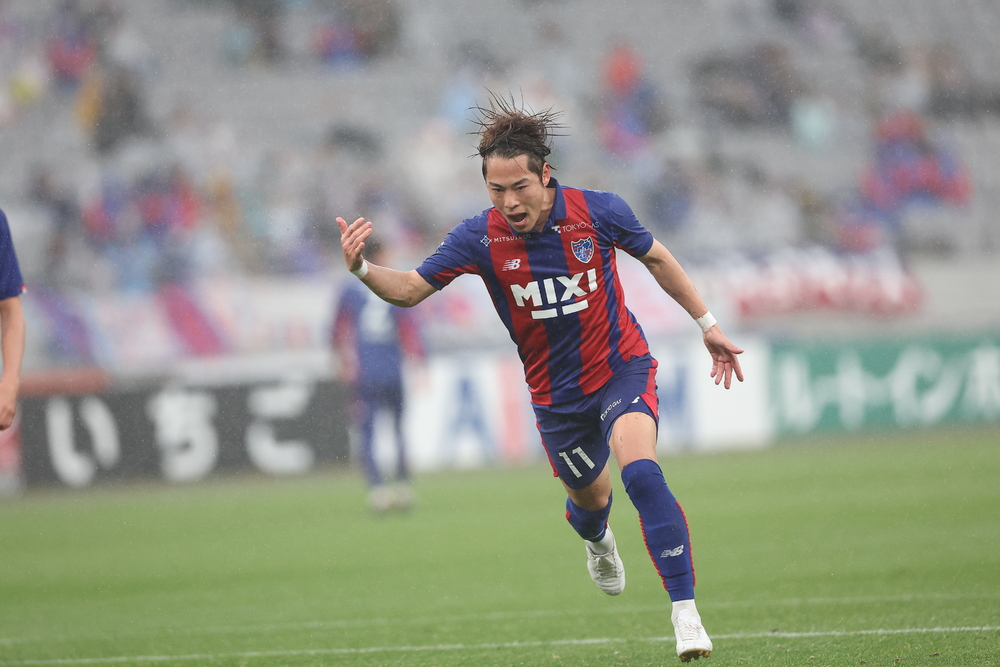
They create time to connect passes and push forward, but the key is a quick counterattack -- such a development may occur. Albert Tokyo has many fast arrows, but the key person is Ryoma WATANABE. Not only does he have the skill to catch his prey, but he also seems to be hungrier for goals than anyone else. Strangely, chances tend to come to such a man. Ito vs. Watanabe. I want to keep that matchup firmly in mind as well.
Text by Satoshi Hojo (Football Writer)
